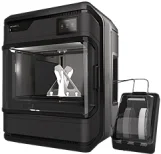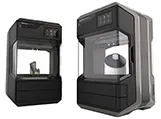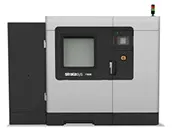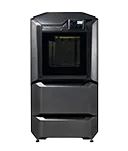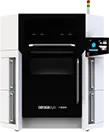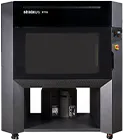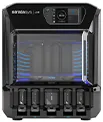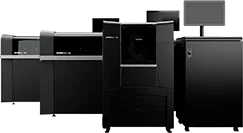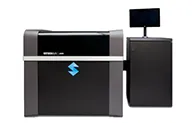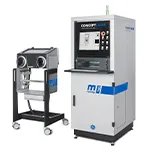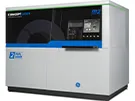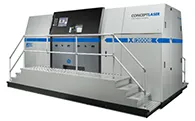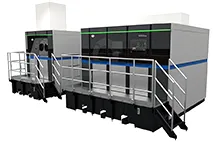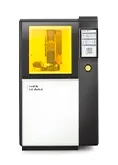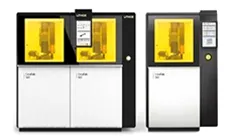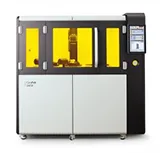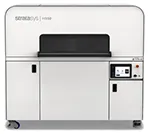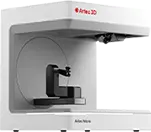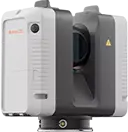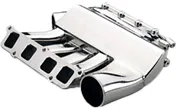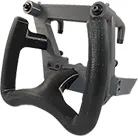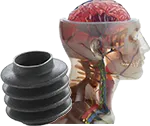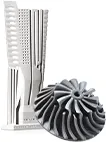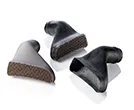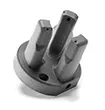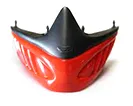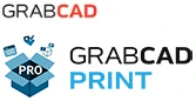The automotive industry has always been at the forefront of innovation. From assembly lines to robotics, vehicle manufacturers have continually sought new technologies to streamline processes, increase product quality, and boost efficiency. In recent years, 3D printing has emerged as a game-changing force within the automotive sector, serving as both a disruptor and a catalyst for change.
As Australia and New Zealand’s leading provider of 3D Printer and 3D Scanner Solutions, Objective3D is playing a pivotal role in driving this transformation, offering industry-leading Stratasys, GE Additive, Lithoz, and Artec products that empower manufacturers to reimagine the future of automotive engineering. In this blog, we will delve into the ways 3D printing is shaping the automotive industry and how Objective3D’s solutions are contributing to its continued evolution.
3D printing is a natural fit for the automotive sector due to its unique capabilities, such as rapid prototyping, customisation, and on-demand production. These advantages not only significantly reduce vehicle development timelines but also enable manufacturers to optimise their designs for performance, aesthetics, and safety.
Moreover, the cost savings associated with 3D printing are contributing to the surging popularity of the technology in the automotive sphere; lower expenses stemming from more efficient use of materials, reduced waste, and the potential for automation are all driving adoption rates upward.
3D Printing: Revolutionizing Automobile Manufacturing
One area where 3D printing is making a significant impact is the production of custom and low-volume vehicle components. With traditional manufacturing methods, producing a single item or a small batch of components can be prohibitively expensive. However, 3D printing technology simplifies this process, empowering manufacturers to create low-volume parts without incurring exorbitant costs or lead times.
This newfound flexibility is of particular benefit to niche and specialist markets, such as high-performance racing and luxury vehicles, as well as manufacturers catering to the growing demand for electric and autonomous cars.
As the automotive industry experiences a transformative shift towards more sustainable and technologically advanced vehicles, Objective3D is perfectly positioned to partner with manufacturers in their journey towards innovation. By providing state-of-the-art 3D printing and scanning solutions, Objective3D is enabling companies to create more efficient and cost-effective products while pushing the boundaries of vehicle design and performance.
Rapid Prototyping for Faster Innovation
One of the most significant ways 3D printing is revolutionising the automotive industry is through the enhancement of rapid prototyping. With this technology, manufacturers can quickly produce physical components, enabling them to test out different designs and engineering solutions. This accelerated, iterative process facilitates the swift identification and resolution of design issues, streamlining the product development stage and helping companies bring new vehicles to market more efficiently.
Previously, manufacturers had to rely on more time-consuming, labour-intensive, and expensive methods such as CNC machining and injection moulding to create prototype components. With 3D printing, however, the process has become comparatively more cost-effective and faster, as designers and engineers can create, modify, and re-create parts with minimal effort, quickly responding to feedback and refining their designs accordingly.
Customising Vehicle Components for Niche Markets
3D printing technology has unlocked unprecedented opportunities for customisation within the automotive industry. In niche markets, such as high-performance racing, luxury vehicles, and custom car modification, the demand for bespoke components is higher than ever. By utilising 3D printing capabilities, manufacturers can now create unique parts tailored to the specifications of a specific vehicle or client. Additionally, the technology enables the efficient production of replacement parts for classic cars, where original components may no longer be available on the market.
The adaptability of 3D printing technology is particularly valuable in the emerging electric and autonomous vehicle sector. As these rapidly evolving markets continue to grow, manufacturers can leverage the flexibility of 3D printing to create customised components that cater to the specific needs of electric and self-driving car designs.
Reducing Material Waste and Environmental Impact
Sustainability and environmental responsibility are increasingly high priorities in the automotive industry, and 3D printing has the potential to make significant contributions in this realm. Traditional manufacturing processes often create substantial waste due to material excess and the need for many moulds or machining steps. In contrast, additive manufacturing builds components by depositing material layer by layer, ensuring that only the required amount is used. This reduction in waste is not only cost-effective but also lowers the environmental impact of the manufacturing process.
Moreover, 3D printing enables manufacturers to construct lightweight components, which can play an essential role in enhancing a vehicle’s fuel efficiency or extending its battery life. With 3D-printed parts, engineers can optimise designs to eliminate unnecessary material without compromising on performance or durability.
On-Demand Production and Inventory Management
Another advantage of 3D printing technology in the automotive space is the capacity for on-demand production. Traditional supply chain methods often require large, expensive inventories of parts and components that carry the risk of becoming obsolete. By transitioning to a 3D printing-focused production model, manufacturers can create components as needed, reducing the costs associated with inventory storage and management.
This on-demand production capability is particularly beneficial for spare parts and aftermarket components. Rather than maintaining vast warehouses of stock, manufacturers can utilise 3D printing to produce replacement parts quickly and efficiently when required, reducing lead times while ensuring that these components remain readily available for their clients.
Stepping into the Future of Automotive Manufacturing with Objective3D
As the automotive industry continues its journey towards greater sustainability, efficiency, and technological innovation, 3D printing technology has emerged as an essential driving force. Objective3D, as the leading provider of 3D printing in Australia, is partnering with manufacturers to help them navigate this transformative shift.
From rapid prototyping and custom component production to reduced waste and streamlined inventory management, Objective3D’s cutting-edge Stratasys, GE Additive, Lithoz, and Artec products empower manufacturers to push the boundaries of possibility in automotive engineering.
Embracing 3D printing technology not only supports the creation of highly innovative, efficient, and sustainable vehicles, but also ensures an exciting and vibrant future for the industry as a whole.




